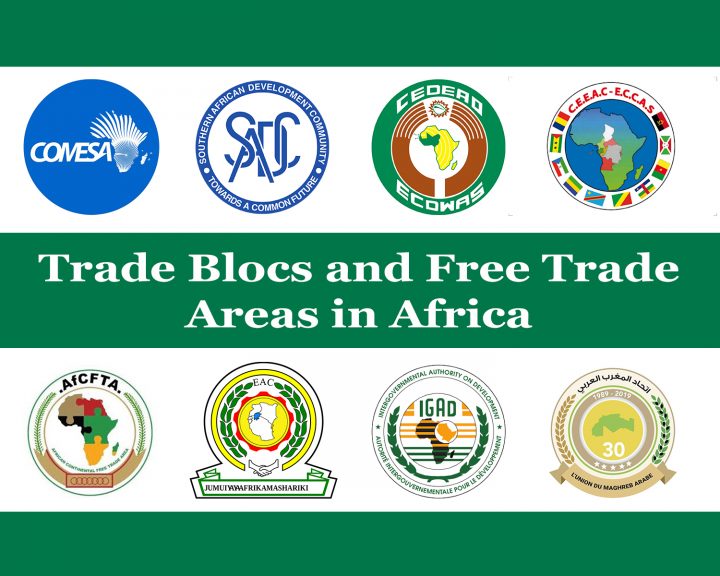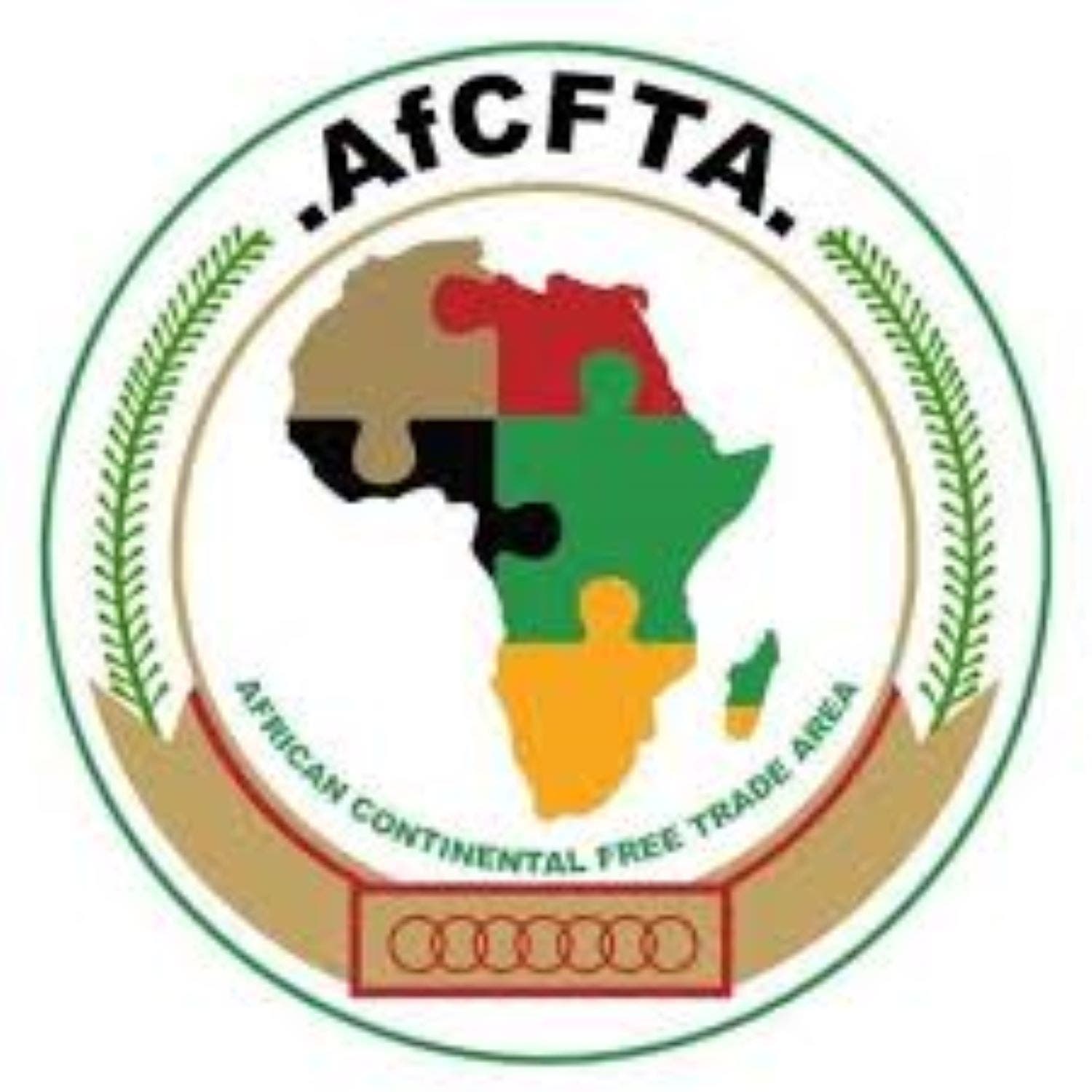
African Continental Free Trade Area (AfCFTA)
The African Continental Free Trade Area (AfCFTA) is a free trade area. As of now, 54 of the 55 African Union nations signed the African Continental Free Trade Agreement. After the ratification deposit process by 24 of these countries, the Africa Continental Free Trade Agreement entered into force in 2019 for the 24 countries.
The agreement requires members to remove tariffs in the 90% of goods and to allowing free access to commodities, goods, and services across the continent. It is estimated that the removal of tariffs will boost the intra-African trade.
The objectives of the AfCFTA are:
- Creating a single market
- Facilitating investment through the movement of capital and people
- Moving towards a Continental Customs Union
- Promoting industrial development of member states
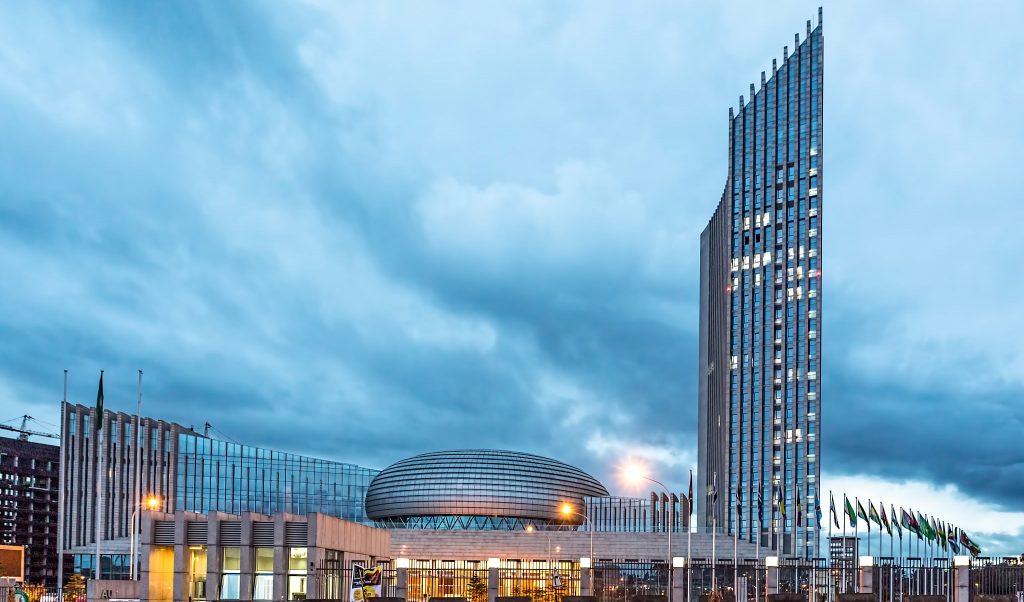
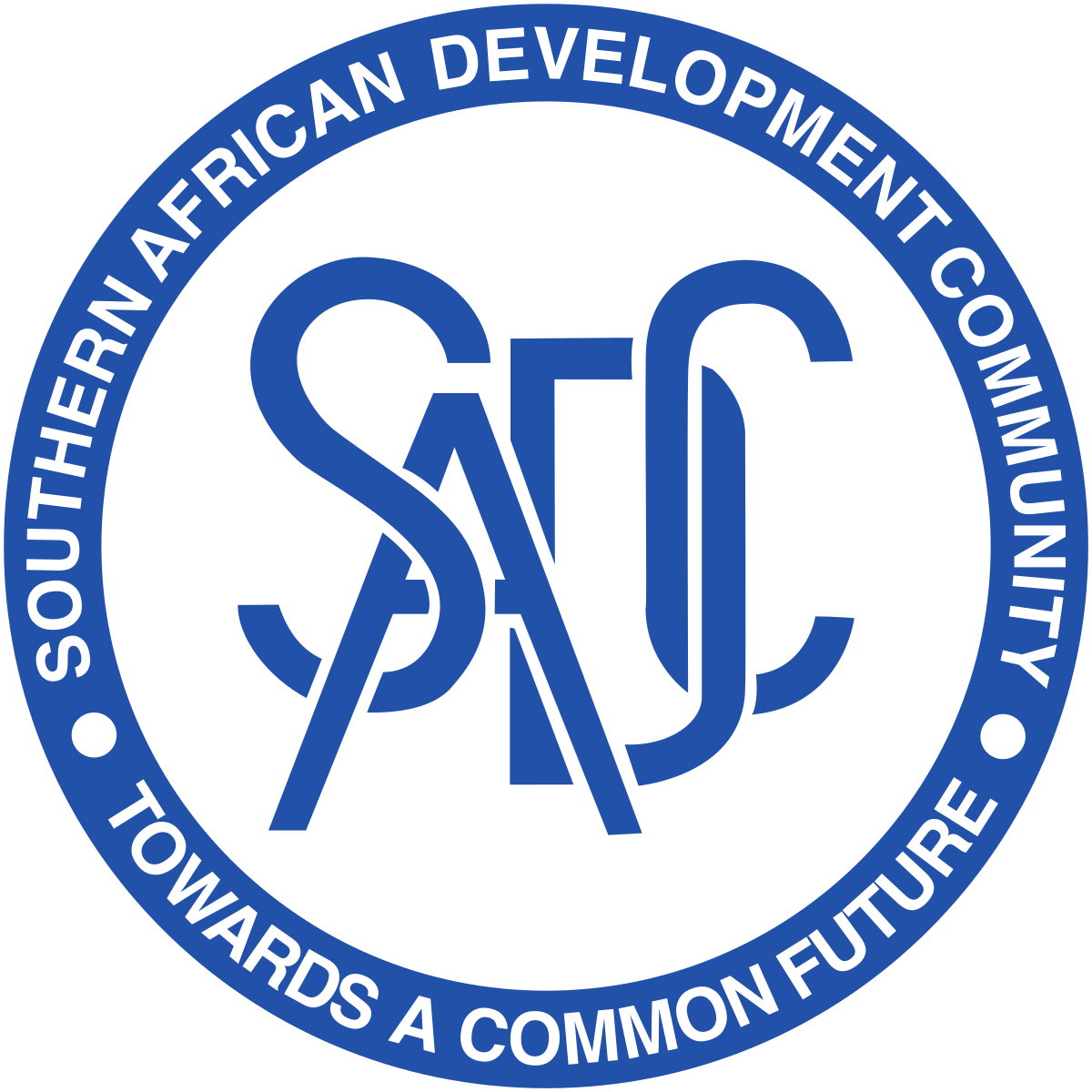
The Southern African Development Community (SADC)
The Southern African Development Community (SADC) was established in 1980 and it aims to support the economic growth and develop the socio-economic status of member countries. SADC currently has 16 member states: Angola, Botswana, Comoros, Democratic Republic of Congo (DRC), Lesotho, Madagascar, Malawi, Mauritius, Mozambique, Namibia, Seychelles, South Africa, Swaziland, United Republic of Tanzania, Zambia and Zimbabwe.
The SADC region has a population of 350 million people and GDP of $721 Billion. Total import and export figures are $185 Billion and $191 Billion respectively. SADC is headquartered in Gaborone, Botswana.
The SADC Free Trade Area (SADC FTA) was established in 2008 to promote international trade among member countries. All the member states except Angola and DRC participated in the Free Trade Area. SADC (Southern African Development Community), COMESA (Common Market for Eastern and Southern Africa) and EAC (East African Community) formed the Africa Free Trade Zone (AFTZ) in 2008. AFTZ consists of 26 countries.
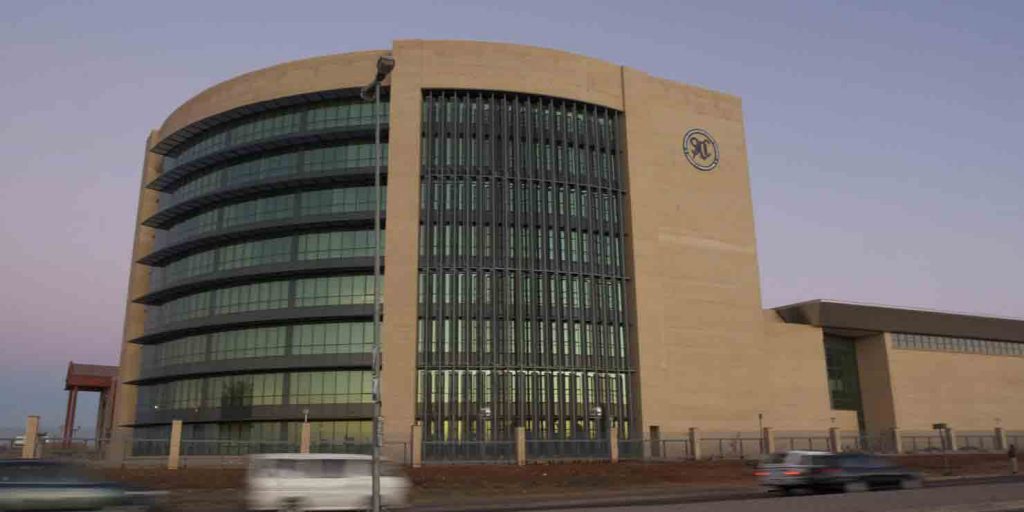
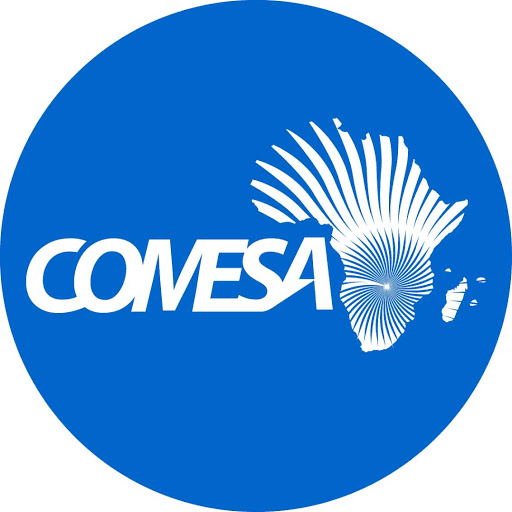
The Common Market for Eastern and Southern Africa (COMESA)
The Common Market for Eastern and Southern Africa (COMESA) is a free trade area. Currently, there are 21 countries that are part of the COMESA agreement. These countries are: Burundi, Comoros, D.R. Congo, Djibouti, Egypt, Eswatini, Eritrea, Ethiopia, Kenya, Libya, Madagascar, Malawi, Mauritius, Rwanda, Seychelles, Somalia, Sudan, Tunisia, Uganda, Zambia, Zimbabwe. The former members of COMESA are Angola, Lesotho, Mozambique, Namibia and Tanzania.
Currently The Common Market for Eastern and Southern Africa covers a population of 560 million and a GDP of $768 Billion. It is headquartered in Lusaka, Zambia.
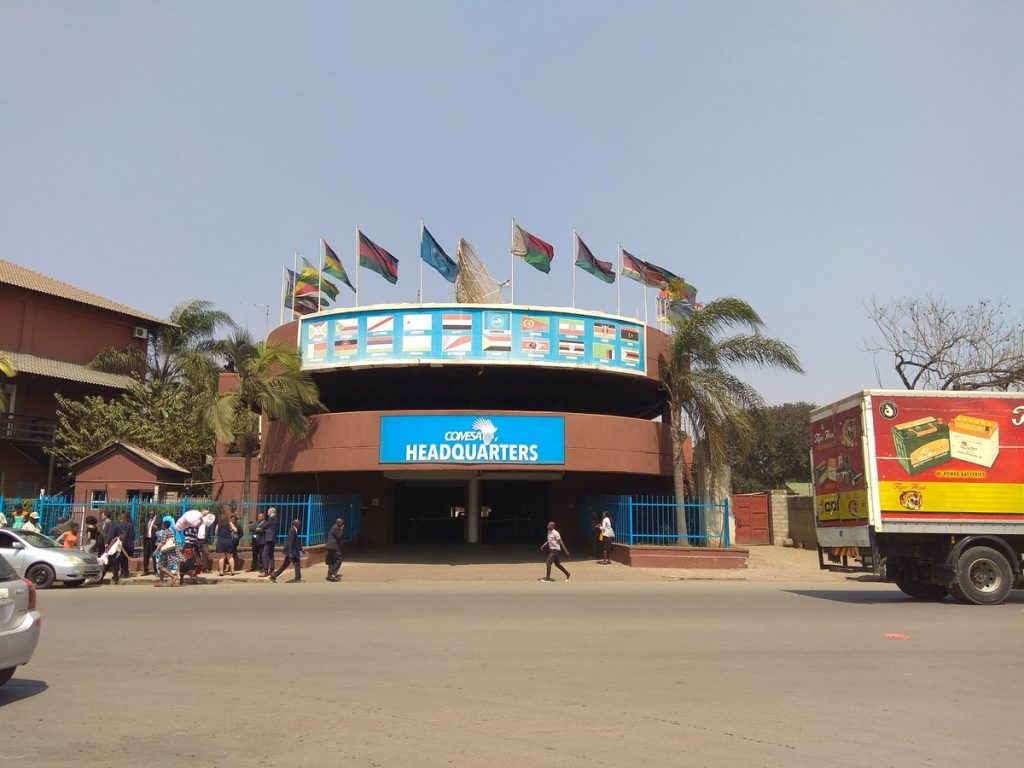
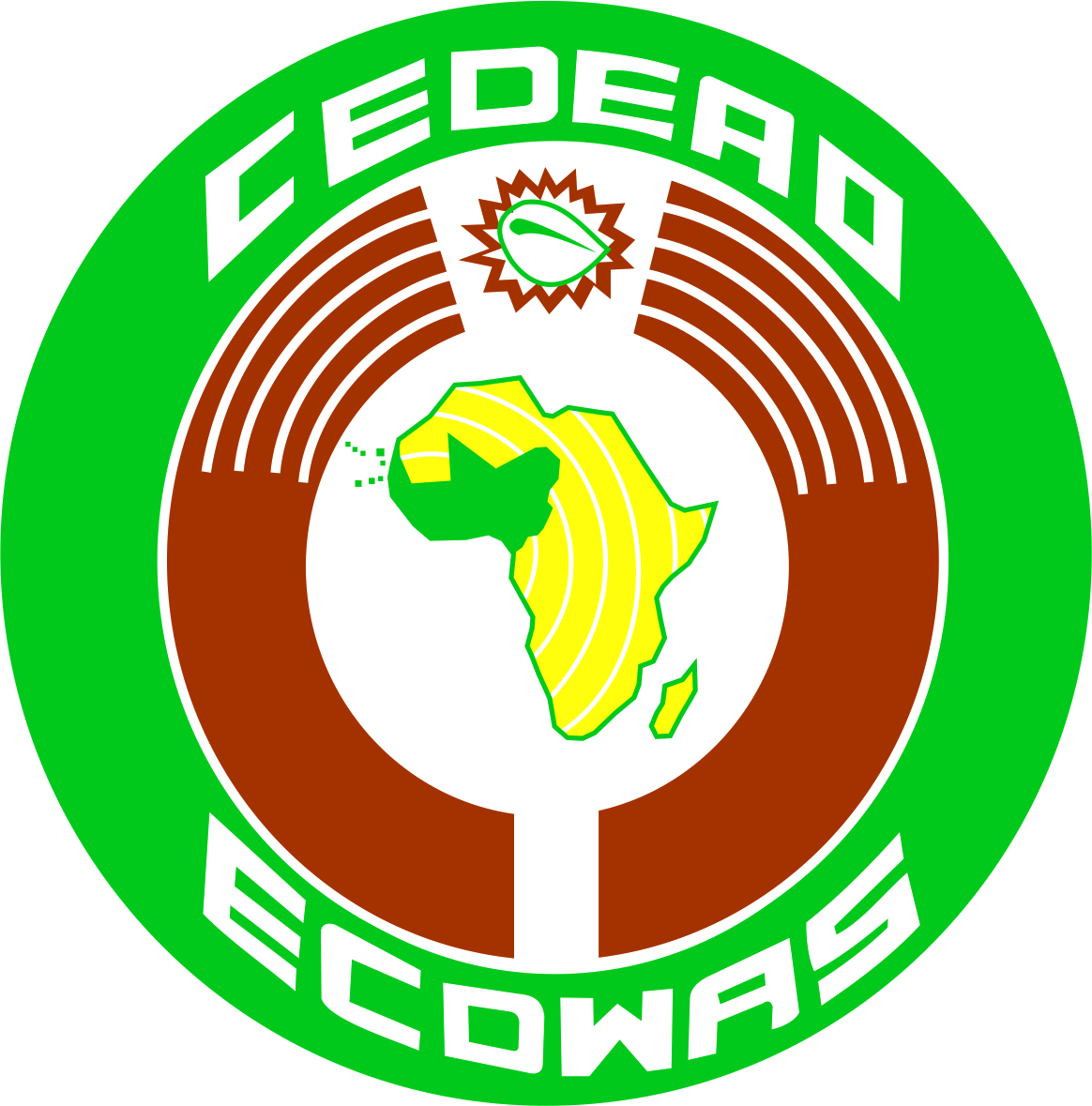
The Economic Community of West African States (ECOWAS)
The Economic Community of West African States (ECOWAS) was founded in 1975 in order to promote economic cooperation and to increase living standards in member countries. ECOWAS has its own free trade area since 1990. The members states are adopting a common import tariff. ECOWAS currently has 15 member countries: Benin, Burkina Faso, Cabo Verde, Cote d’Ivoire, The Gambia, Ghana, Guinea, Guinea-Bissau, Liberia, Mali, Niger, Nigeria, Senegal, Sierra Leone, and Togo. The ECOWAS Free Trade Area consists of member countries and it is the largest active free trade area in West Africa. The organization is headquartered in Abuja, Nigeria.
ECOWAS also has monetary policies for its member countries. West African Economic and Monetary Union (UEMOA) is a common organization for ECOWAS members. These countries share CFA franc as the common currency. These countries are Benin, Burkina Faso, Côte d’Ivoire, Guinea-Bissau, Mali, Niger, Senegal, and Togo.
The second monetary organization founded by ECOWAS member states is West African Monetary Zone (WAMZ). The six founding members of WAMZ are planning to introduce a common currency, called Eco. The members are Gambia, Ghana, Guinea, Liberia, Nigeria and Sierra Leone.
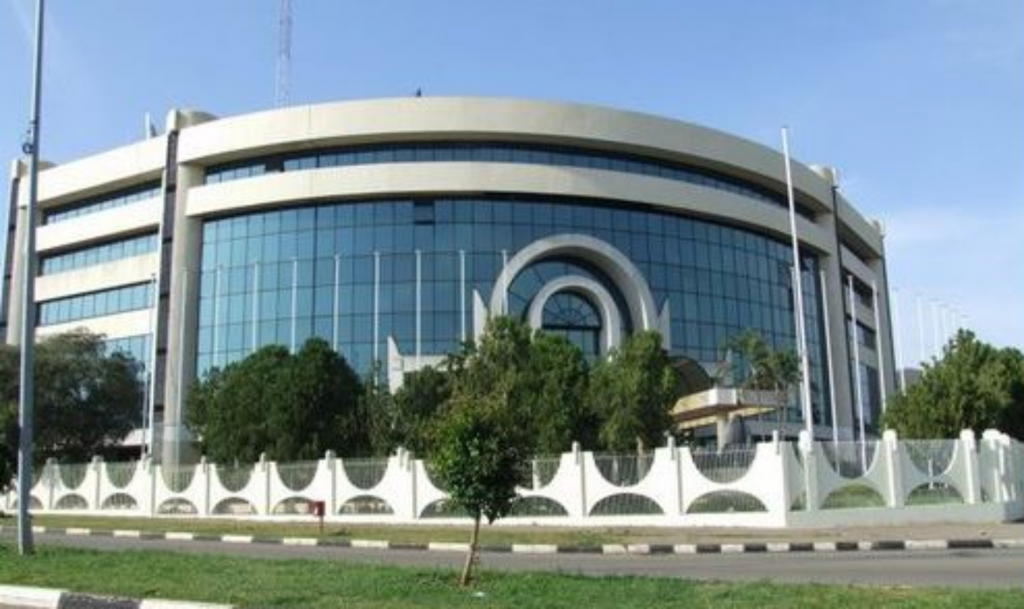
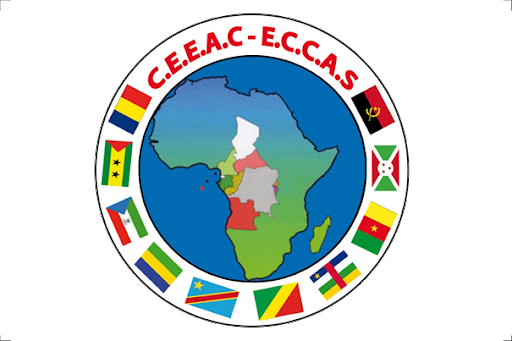
The Economic Community of Central African States (ECCAS)
The Economic Community of Central African States (ECCAS) promotes regional economy in Central Africa. The foundation of ECCAS goes back to The Customs and Economic Union of Central Africa (UDEAC) that was established in 1964. The members states are Angola, Burundi, Cameroon, Central African Republic, Chad, Congo (Brazzaville), Democratic Republic of Congo, Equatorial Guinea, Gabon, Rwanda, Sao Tome et Principe. The headquarters of ECCAS is located in Libreville, Gabon.
The Economic and Monetary Community of Central Africa is a side organization founded by 6 countries that share the same currency (the CFA franc). It aims to promote economic growth and form monetary union among member states.
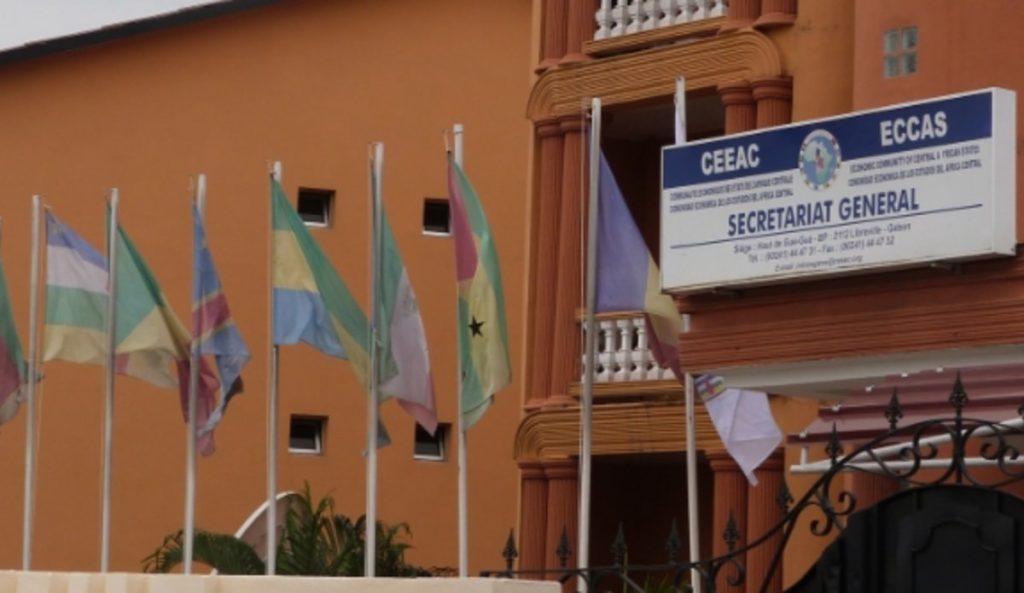
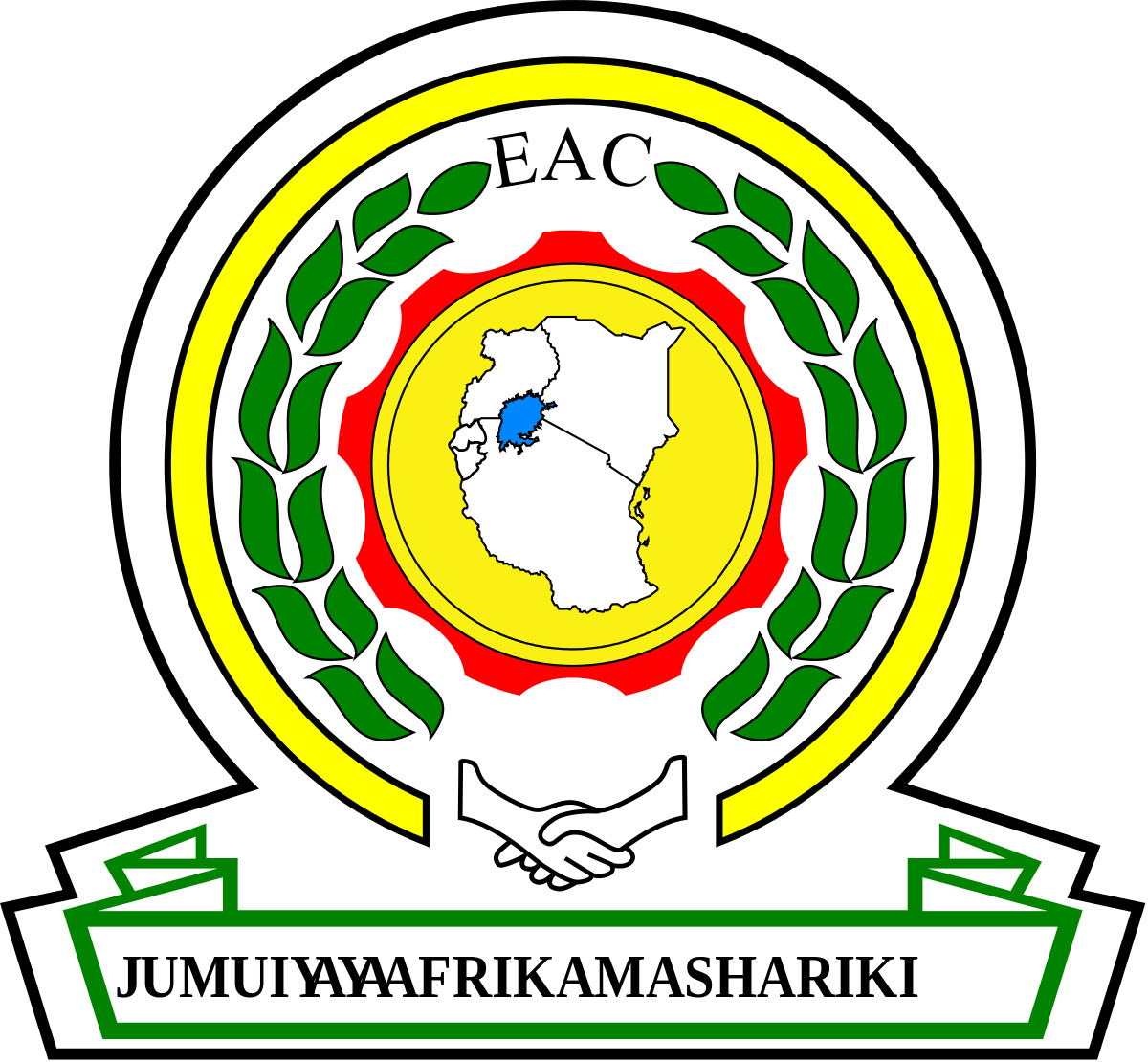
The East African Community (EAC)
The East African Community (EAC) is an international organization founded in 2000 by 6 member countries in the Great Lakes Region. Its member countries are Burundi, Kenya, Rwanda, South Sudan, Tanzania, and Uganda. The organization’s administrative center is in Arusha, Tanzania. EAC promotes free trade area and widens economic cooperation among member countries.
The organization achieved East African Customs Union and established a common market for goods. In 2008, the free trade area of EAC is expanded into the SADC region and COMESA region. Monetary union is one of the new aims of EAC.
According to the Customs Union, a common external tariff is exercised by member countries. Also, the trade among members is duty-free. The rates of tariffs depend on the type of material: Raw materials (0%), intermediate products (10%), finished goods (25%).
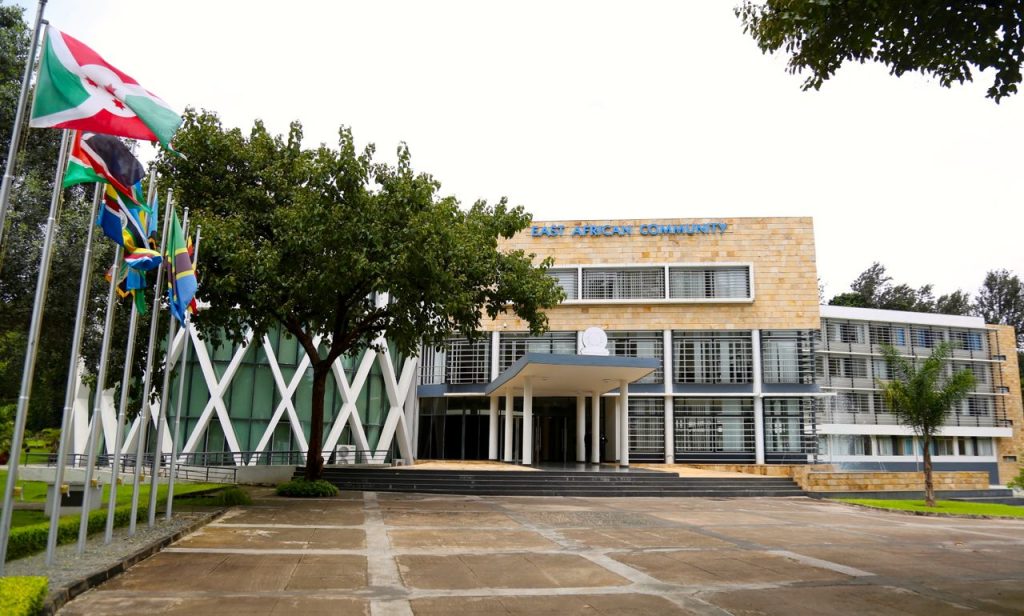
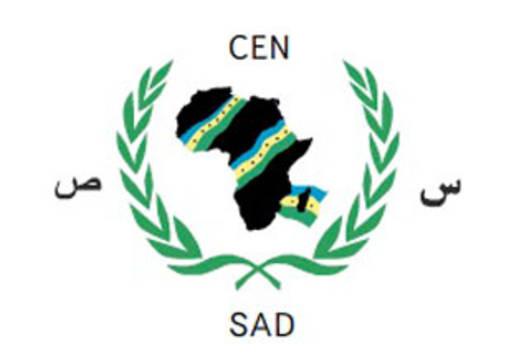
The Community of Sahel–Saharan States (CEN-SAD)
The Community of Sahel–Saharan States (CEN-SAD) was established in 1998. CEN-SAD was founded to increase regional welfare and improve trade volume among member countries. It promoted free movement of goods, capital and people. Member countries are Benin, Burkina Faso, Central African Republic, Chad, the Comoros, Côte d’Ivoire, Djibouti, Egypt, Eritrea, the Gambia, Ghana, Guinea-Bissau, Libya, Mali, Mauritania, Morocco, Niger, Nigeria, Senegal, Sierra Leone, Somalia, the Sudan, Togo and Tunisia. The organization is headquartered in Tripoli, Libya.
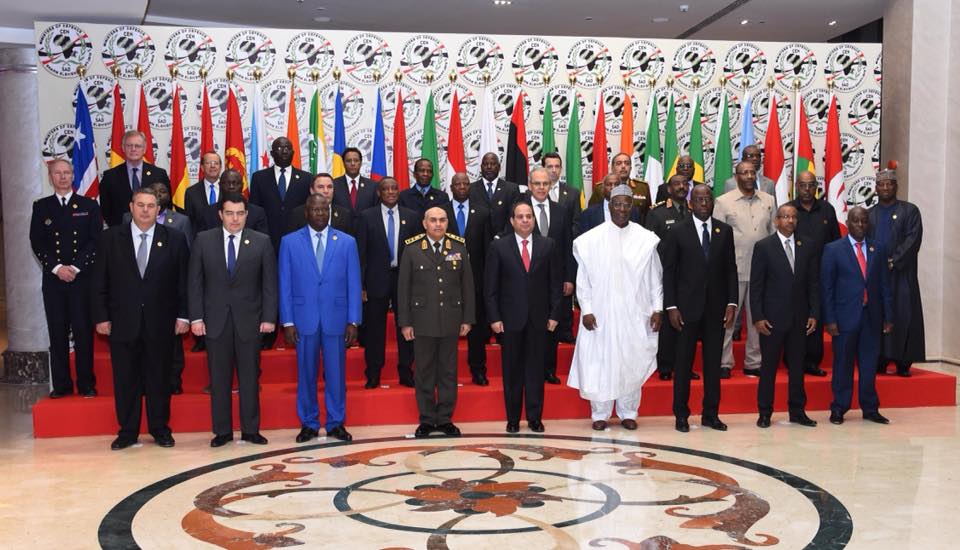
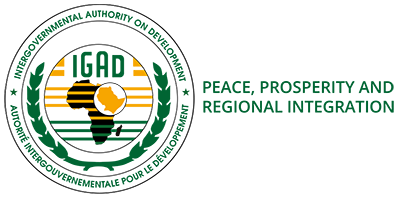
The Intergovernmental Authority on Development (IGAD)
The Intergovernmental Authority on Development (IGAD) is a intergovernmental organization in East Africa. It was created in 1996. It is headquartered in Djibouti City. The member states are Djibouti, Ethiopia, Eritrea, Kenya, Somalia, the Sudan, South Sudan and Uganda. The aim of the organization is to improve trade, investment and financial backgrounds of member states.
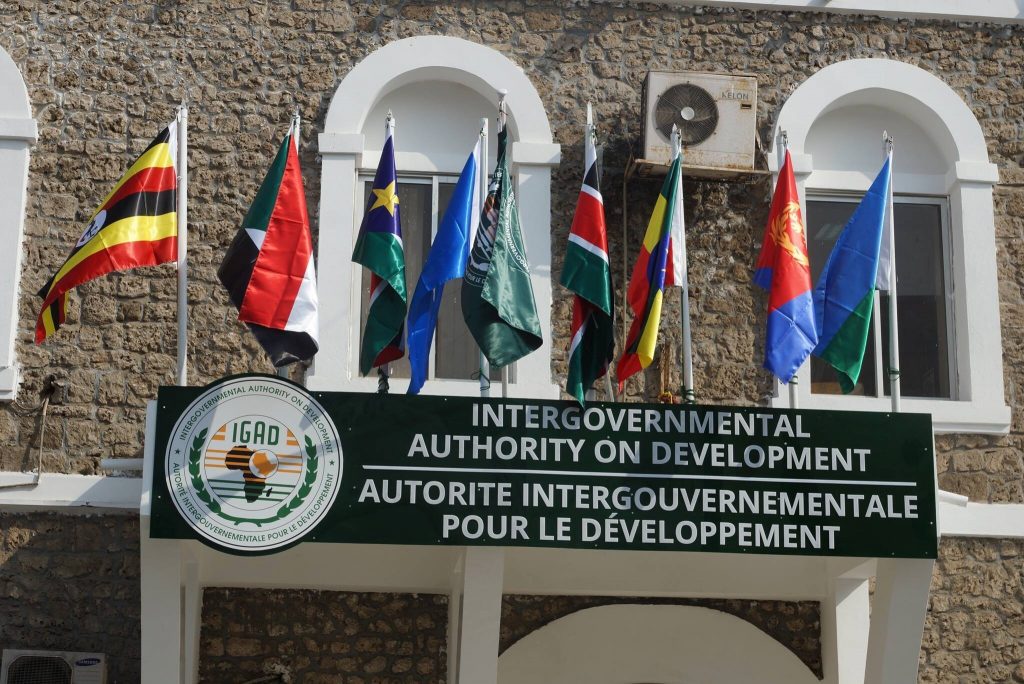
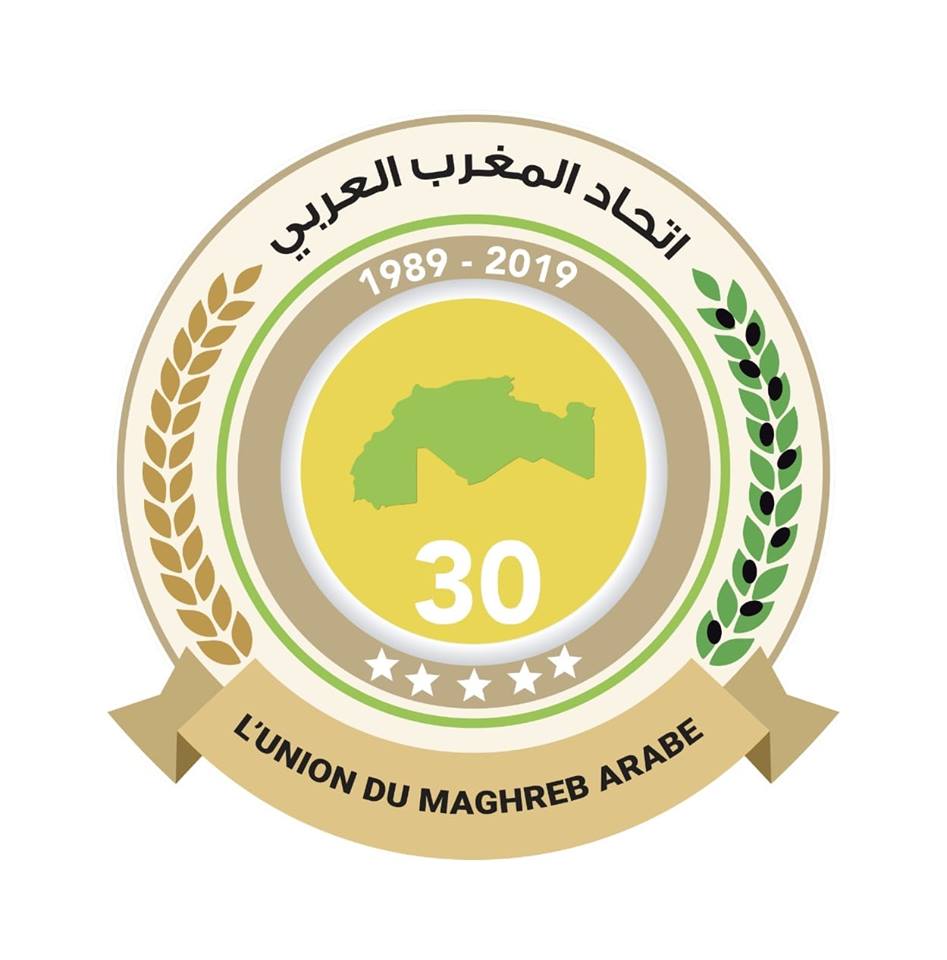
The Arab Maghreb Union (AMU)
The Arab Maghreb Union (AMU) was established in 1989. The member countries are Algeria, Libya, Mauritania, Morocco, and Tunisia. The aims of the organization include the establishment of free trade area, customs union and common market. However, the organization has been dormant due to opposition between Morocco and Algeria. The organization is managed from Rabat, Morocco.
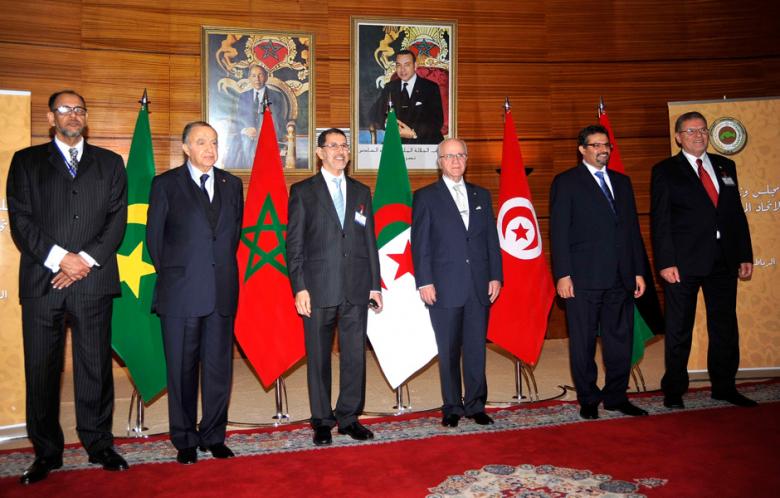
Africa Free Trade Zone (AFTZ)
Africa Free Trade Zone (AFTZ) was established at the COMESA-SADC-EAC Summit in 2008. The SADC, COMESA and EAC trade blocs make up the AFTZ. The member countries are Egypt, Libya, Sudan, Angola, Botswana, Burundi, Comoros, Djibouti, Dominican Republic, Eritrea, Ethiopia, Kenya, Lesotho, Madagascar, Malawi, Mauritius, Mozambique, Namibia, Rwanda, Seychelles, Swaziland, South Africa, Tanzania, United Republic Of, Uganda, Zambia and Zimbabwe.

